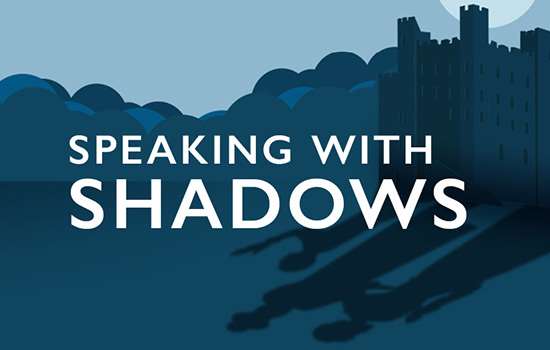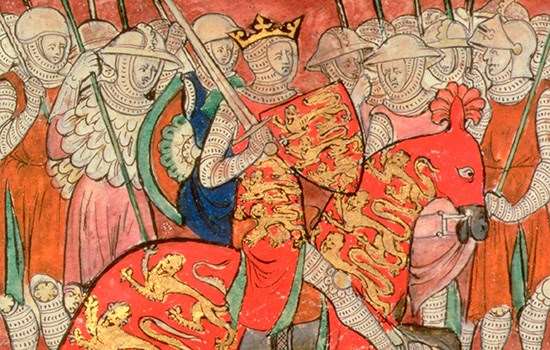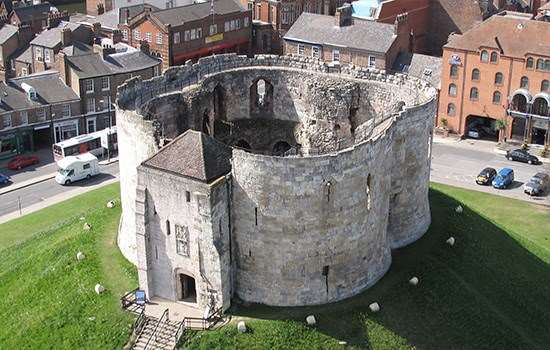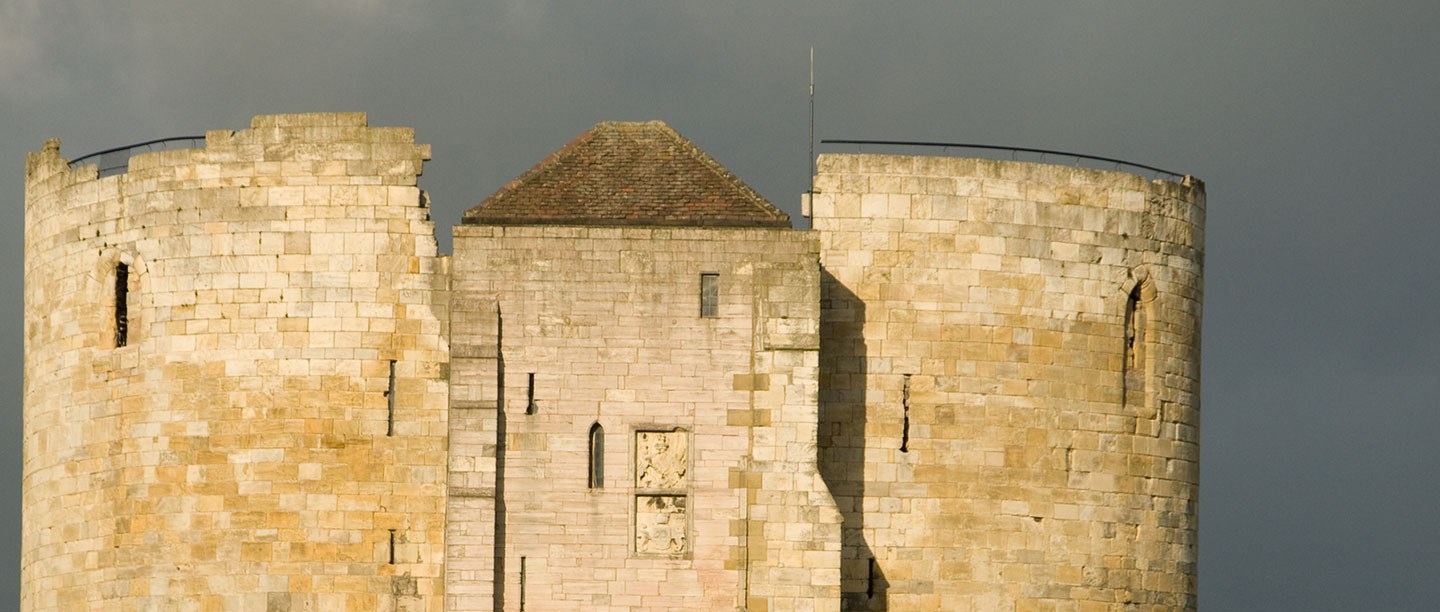England’s Jewish Population
After the Norman Conquest of 1066, a number of Jews came to England from Rouen in France. The early Norman kings needed to borrow money to build castles and secure their kingdom, but money-lending was forbidden to Christians. It was, however, permitted to Jews. These French-speaking Jews were protected by the Crown, and in time established communities in most of the principal cities of England. In the later 12th century, members of the Jewish community in Lincoln settled in York.
However, there was growing hostility towards the Jewish population in England. This was in part due to public disagreements in theology between Jewish scholars and Christian churchmen. In the mid-12th century several vicious stories were spread accusing Jews of murdering Christian children. Such slanders, now known as the ‘Blood Libel’, strengthened anti-Semitic sentiment in England.
The Coronation of Richard I
The events of 1190 are recorded in numerous accounts, though none were eye-witness reports and most show strong prejudice against the Jews. The story recorded by William of Newburgh, an Augustinian canon from Yorkshire, tells of two Jewish citizens from York, called Benedict and Joceus. Together they travelled to London to attend the coronation of Richard I in 1189.
Resentment about the presence of Jews at the coronation was fuelled by anger about taxes to fund the Crusades, leading to riots at the ceremony itself and in Norwich, Stamford, York and Lincoln. A false rumour was even put about that the king had ordered a massacre of the Jews. Benedict was attacked and killed on his way back to York.
Under Royal Protection
Some months later, after the Sheriff of York had left for the Third Crusade, a fire broke out in the city. This was during a time of increasing attacks on Jews throughout England and some citizens took advantage of the chaos to break into Benedict’s house in Coney Street. The property was looted and everyone inside killed.
Joceus managed to escape a similar attack and he led the city’s Jews to seek protection from ‘the keeper of the King’s tower’ inside the castle, almost certainly the site of the present Clifford’s Tower. Meanwhile, the looting continued.
Trapped in the Tower
Inside the tower, trust between the Jews and the keeper broke down, and when he left the tower on other business, they refused to allow him back in. They had now challenged the king’s authority, and troops joined the mob outside, where they were pelted with stones from the castle walls by the besieged Jews.
Friday 16 March coincided with Shabbat Hagadol, the ‘Great Sabbath’ before the Jewish festival of Pesach or Passover. According to several accounts, the Jews realised that they could not hold out against their attackers, and rather than waiting to be killed or forcibly baptised, decided to meet death together. The father of each family killed his wife and children, before taking his own life.
Just before their deaths, they also set fire to the possessions they had brought with them; this fire consumed the timber tower. It is not clear how many Jews were present – estimates range from 20 to 40 families, and a later account in Hebrew suggests about 150 people.
Image © Historic England (illustration by Peter Dunn)
The Actions of the Mob
One of the mob’s ringleaders, Richard Malebisse, had offered safe passage to any Jews who agreed to convert and leave the tower. A few took this option, only to be murdered as soon as they came out from the burning building. Afterwards, the rioters destroyed the records of debts to the Jews, which had been placed in safe-keeping at York Minster.
The triggers for the massacre were many. The calls to crusade in the Holy Land made many Christians sensitive to the presence of non-Christians in England. These feelings may have been heightened by the approaching celebrations for Easter, when the Church preached that the Jews had connived at the death of Jesus. Some rioters also saw the possibility of clearing themselves of debts to the Jews.
Afterwards fines of up to £66 were imposed on 59 leading families of York – many of whom either knew the ringleaders of the massacre and or were involved themselves.
Remembered at the Tower today
The present stone tower was built 60 years after the massacre, but it’s possible that the earth mound may still contain evidence from 1190. A new Jewish community was quickly established in York and stayed until 1290, when Edward I expelled all Jews from his kingdom. Jews were only permitted to return in the 17th century.
The planting of daffodils – whose six-pointed shape echoes the Star of David – on the tower mound provides an annual memorial around the anniversary of the massacre. A plaque commemorating the tragedy was installed at the foot of the tower in 1978. Its Hebrew inscription from Isaiah evokes medieval Jewish descriptions of Britain, using the Hebrew term ‘Isles of the Sea’.
Find out more
-

Listen to the Speaking with Shadows podcast
Listen to our in-depth discussion about the tragic massacre of 1190 in Speaking with Shadows - the podcast that listens to the people that history forgot.
-

History of Clifford's Tower
Read about the rise and fall of Clifford’s Tower from Norman times to today.
-

Why is the tower important?
Clifford’s Tower is the largest surviving structure of York Castle. Find out why it still matters and what it tells us about the city of York.
-

Description of Clifford's Tower
Discover what the surviving architectural features of Clifford’s Tower tell us about its history and function.
